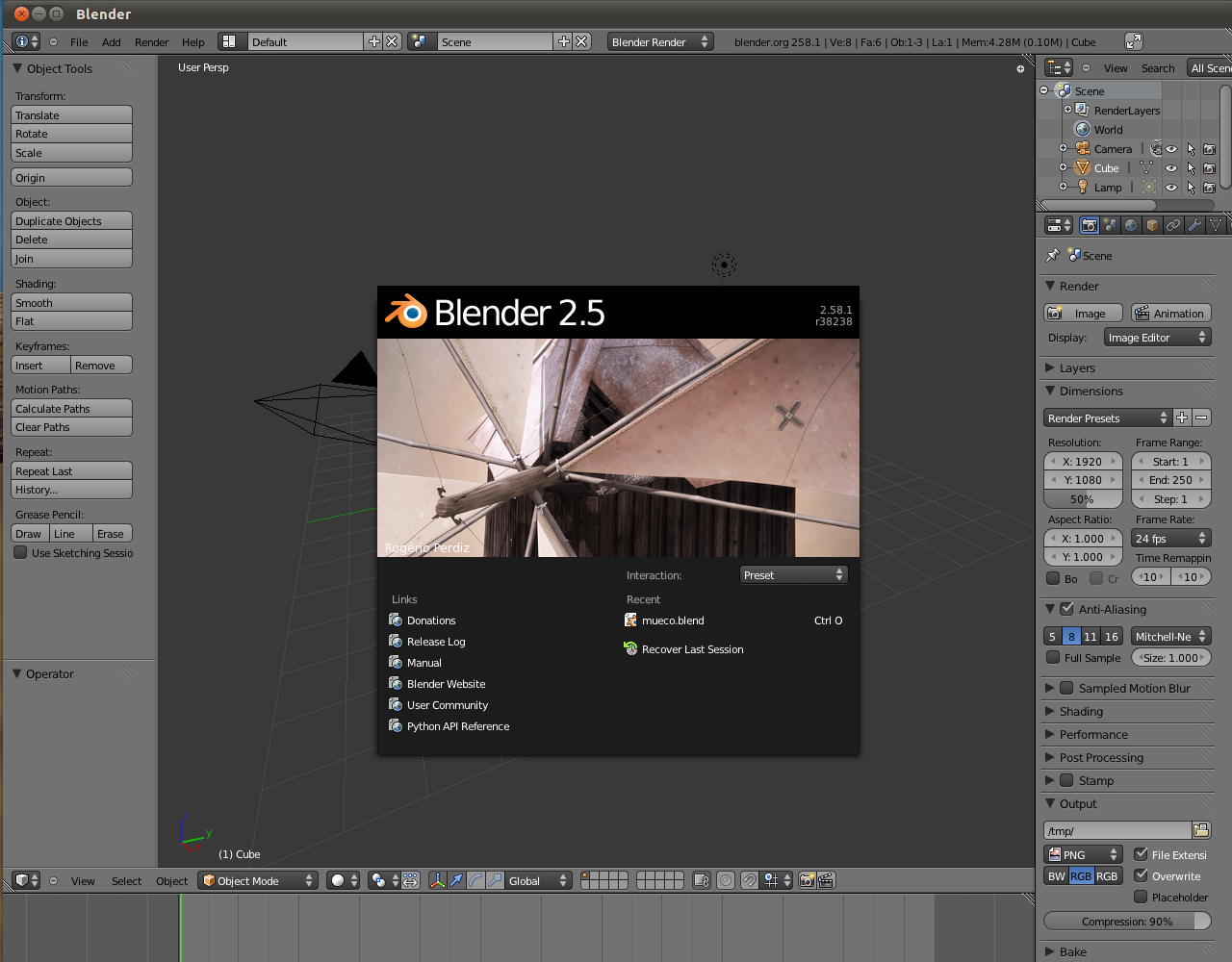

After importing the animation, you need to fix the rotation of the root bone as 3DS Max is using the Z up axis system and the animation is exported for the Y axis system. Start with a completely blank scene and import the DMX animation with the Source tools plugin installed. Importing the animation into Blenderįor Blender, first load up your model into the scene, import the DMX animation, fix the bone rotation and thats it. You should select Trim To Shot as trim type and make sure you enable the Ascii option for export as the tools can’t handle binary DMX files. This will open the animation export menu. Trim your shot to the amount you want to export, select all of the bones, right click on it and select Export Animation. So you have finished animating and you’re ready to export your animation. Do not use rootTransform as it doesn’t get exported.īefore exporting, remove any constrains and IK rig on your animation set. One such limitation is Bone Weights Per Vertex Limit and you should keep that in mind.

Please keep in mind that the Source engine has ton of limitations.

Depending on what you’re animating, you can exclude some bones from the model in order to keep it simple, but the bone structure should stay the same. When starting a new scene, you should always set it to the target frame rate you will render your final scene in. RequirementsģDS Max Source Tools: Preparing your model and scene You can only export the animation of an individual model and your skeleton should contain a root bone. You cannot export the entire scene animations and your animation will be in the Y axis up coordinate system. Its recommended to fully go through this document before following anything in it. It is not recommended to use this kind of workflow and you should preferably learn the animation system of your corresponding 3D application. This guide ASSUMES that you’re at least somewhat familiar with either Blender or 3DS Max and Source engine/Source Filmmaker. If you’re a long time user of Source filmmaker and you recently migrated to a new application like Blender, Maya or 3DS Max, you might encounter some pretty painful migration pains and wish you could still use SFM even when its too limiting for your workflows.īut do not worry! You can actually still animate in SFM and then render in the application of your choice, if you’re willing to jump through a lot of hoops that is.
#Sfm blender 3d how to
Exporting SFM animations to Blender and 3DS Max, or how to use SFM as an animation tool


 0 kommentar(er)
0 kommentar(er)
